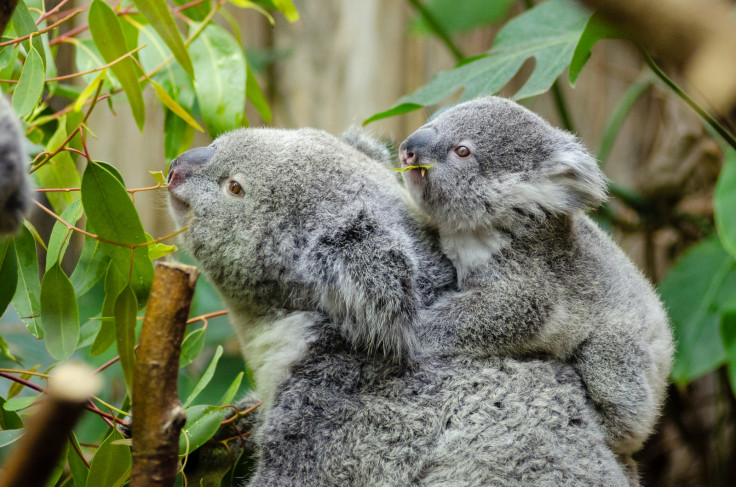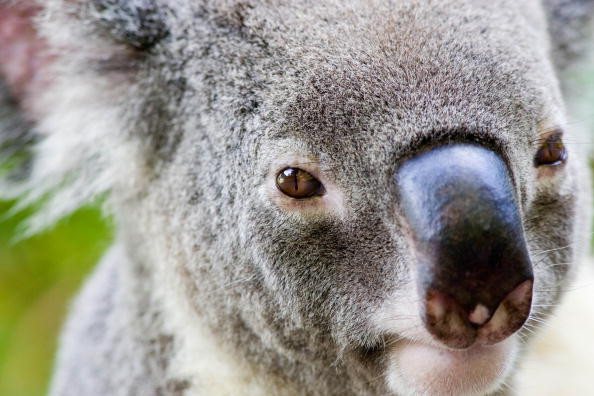East Australia: Koalas facing extinction as bulldozing destroys bushland
Bushland that nearly 180 koalas could have inhabited has been destroyed within two years.

Koalas could soon face face local extinction in areas of Queensland and New South Wales as land is cleared for development.
Enough bushland to support nearly 180 koalas was bulldozed in south-east Queensland between 2013 and 2015, a report by WWF Australia says. The finding comes as numbers of koalas in the wider region are falling sharply.
"Bulldoze their trees and you kiss the koalas goodbye," said Martin Taylor, science manager at WWF Australia in a statement.
At coastal sites, koala populations had dropped by 80% between 1996 and 2014 in south-east Queensland. The figure was roughly the same among rural koalas in southern Queensland. Climate change and habitat destruction are thought to be the main drivers of the loss in koala populations.
The overall loss of habitat is one pressure on koalas, but fragmentation of the remaining habitable areas also makes the koalas more vulnerable. Roads built in the developed areas has greatly increased the number of traffic collisions with koalas.
"[Displaced koalas] are forced to look for new homes and are then killed by cars or dogs. The only solution is state government action to rein in excessive tree-clearing," said Taylor.
More than 2,000 wild koalas were treated in wildlife hospitals in south-east Queensland in a 13-year period, the report says. About 84% of the animals that had fractures had been hit by a vehicle.

"From March 31st 2016 to April 1st 2017, a staggering 323 koalas came into our Wildlife hospital at Wacol," said Michael Beatty of RSPCA Queensland.
"A large percentage of these were victims of traffic accidents and dog attacks and of course these incidents are linked to habitat destruction. There are also increasing concerns about where koalas can be safely re-released."
The koala is classed as vulnerable by the International Union for Conservation of Nature. However, there was one area identified in the report where koala numbers were stable or increasing: the Campbelltown region of New South Wales.
In order to slow the overall rapid decline in koala numbers, bushland needs to be preserved in large and unfragmented areas, WWF Australia says. This will relieve some of the pressure on koalas from climate change, which is expected to push the population towards the eastern seaboard of Queensland.
© Copyright IBTimes 2025. All rights reserved.






















